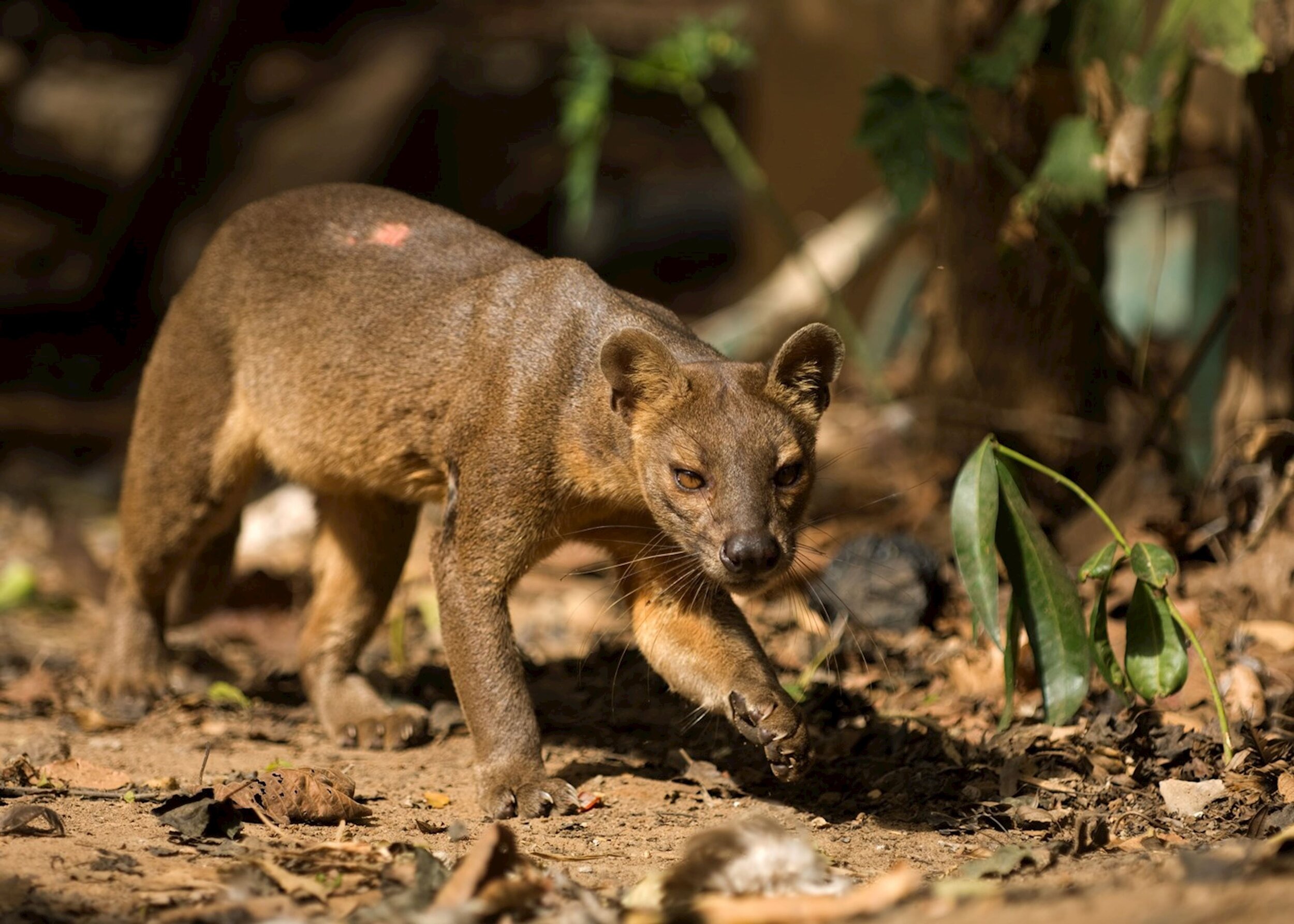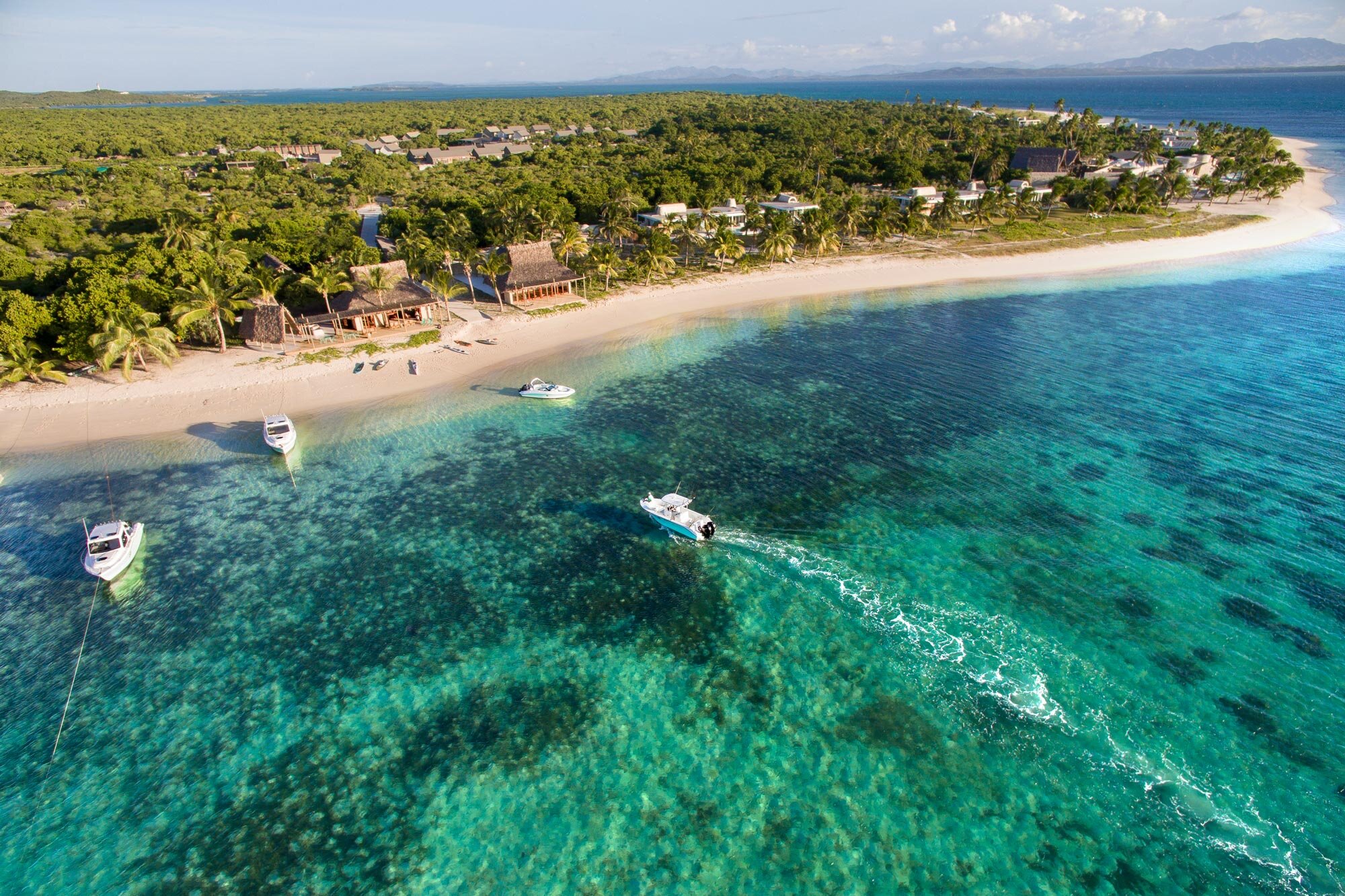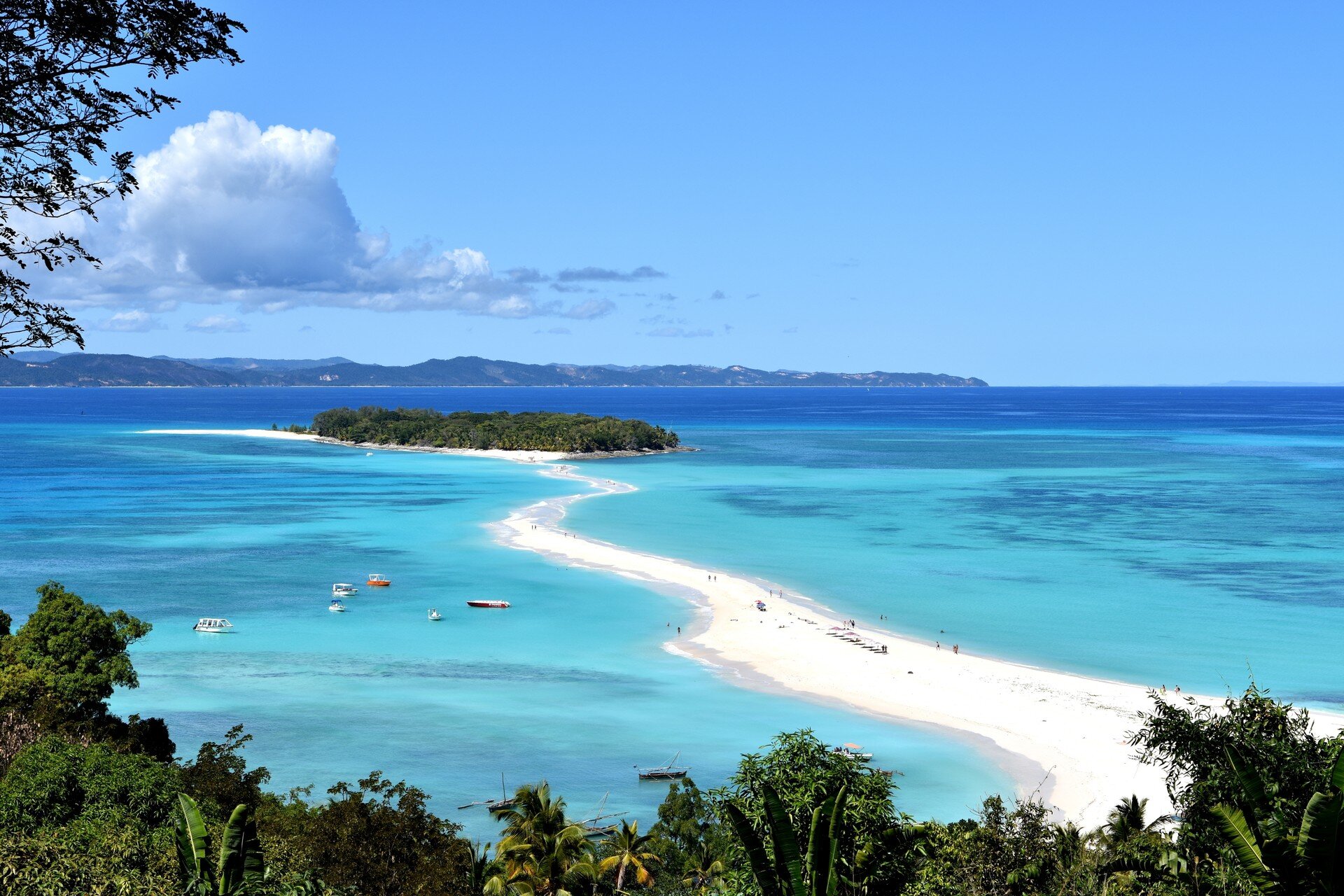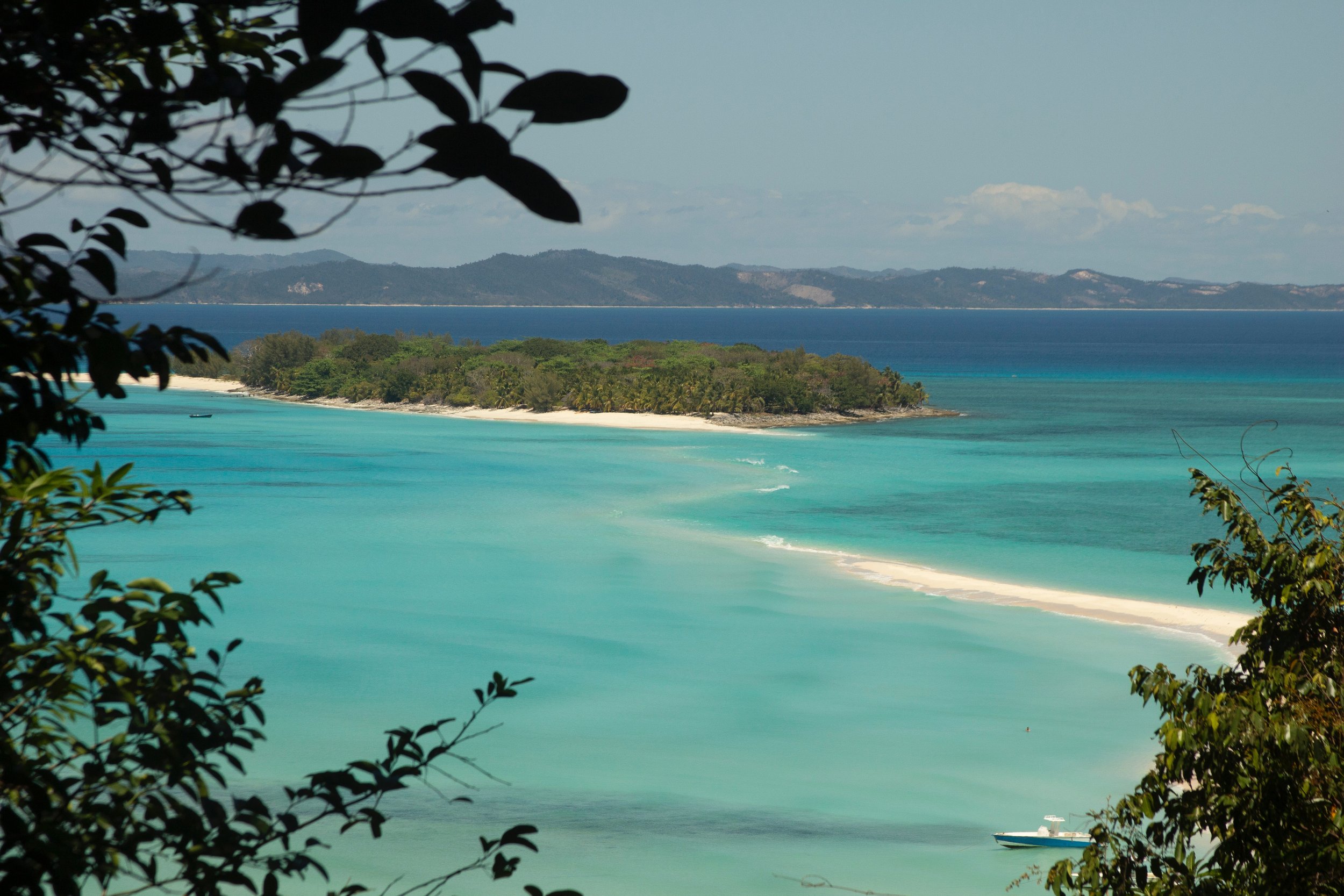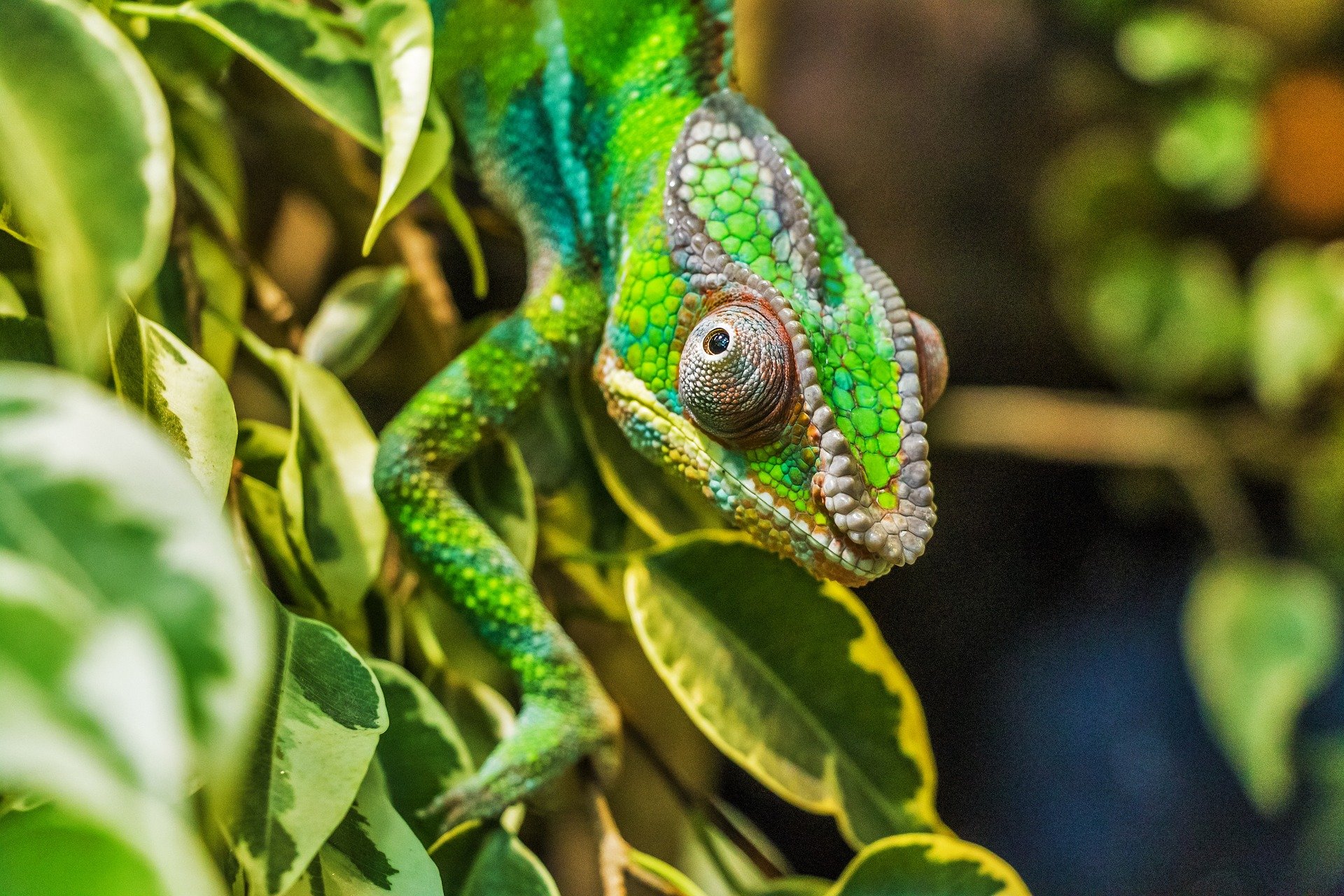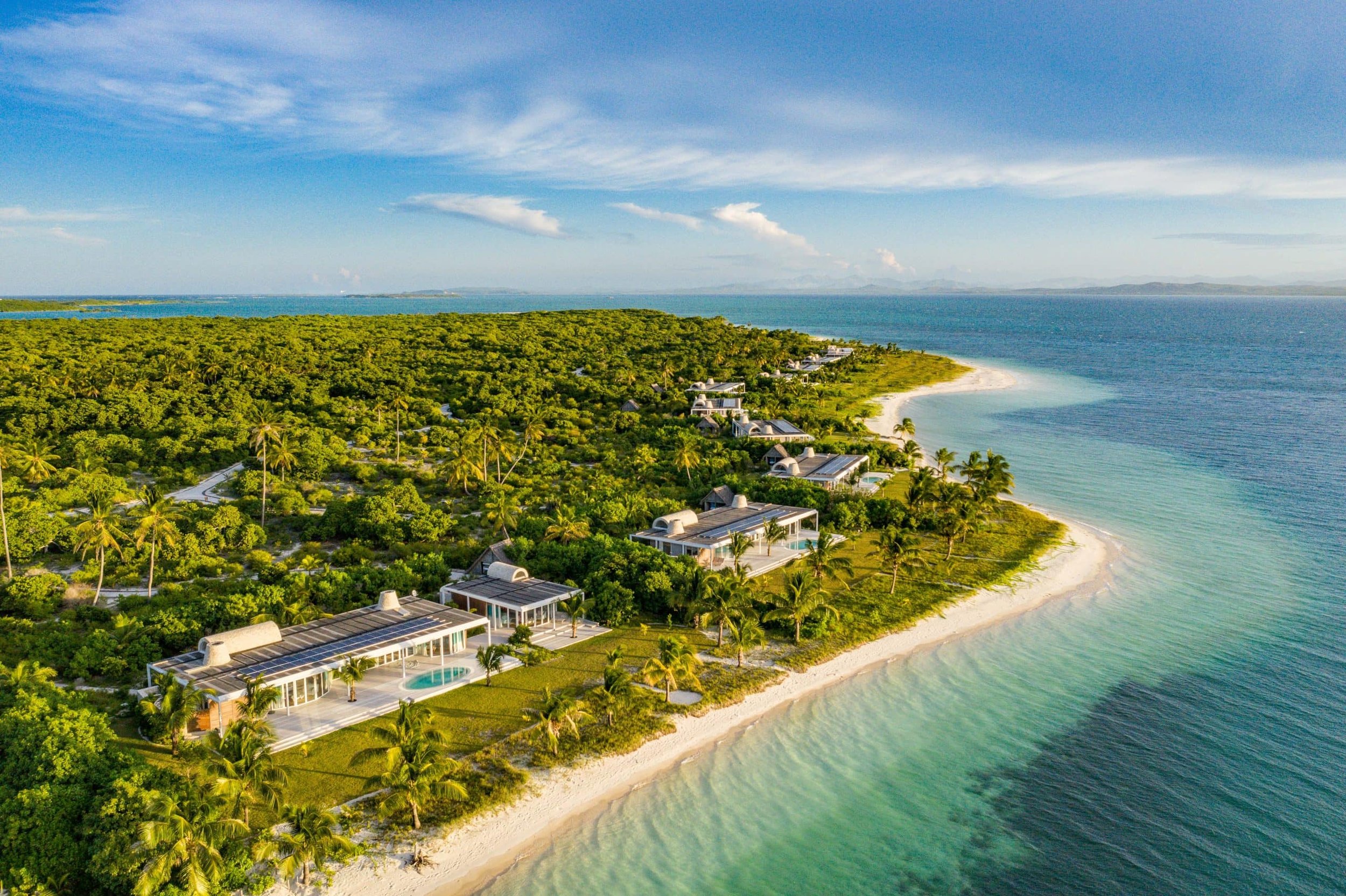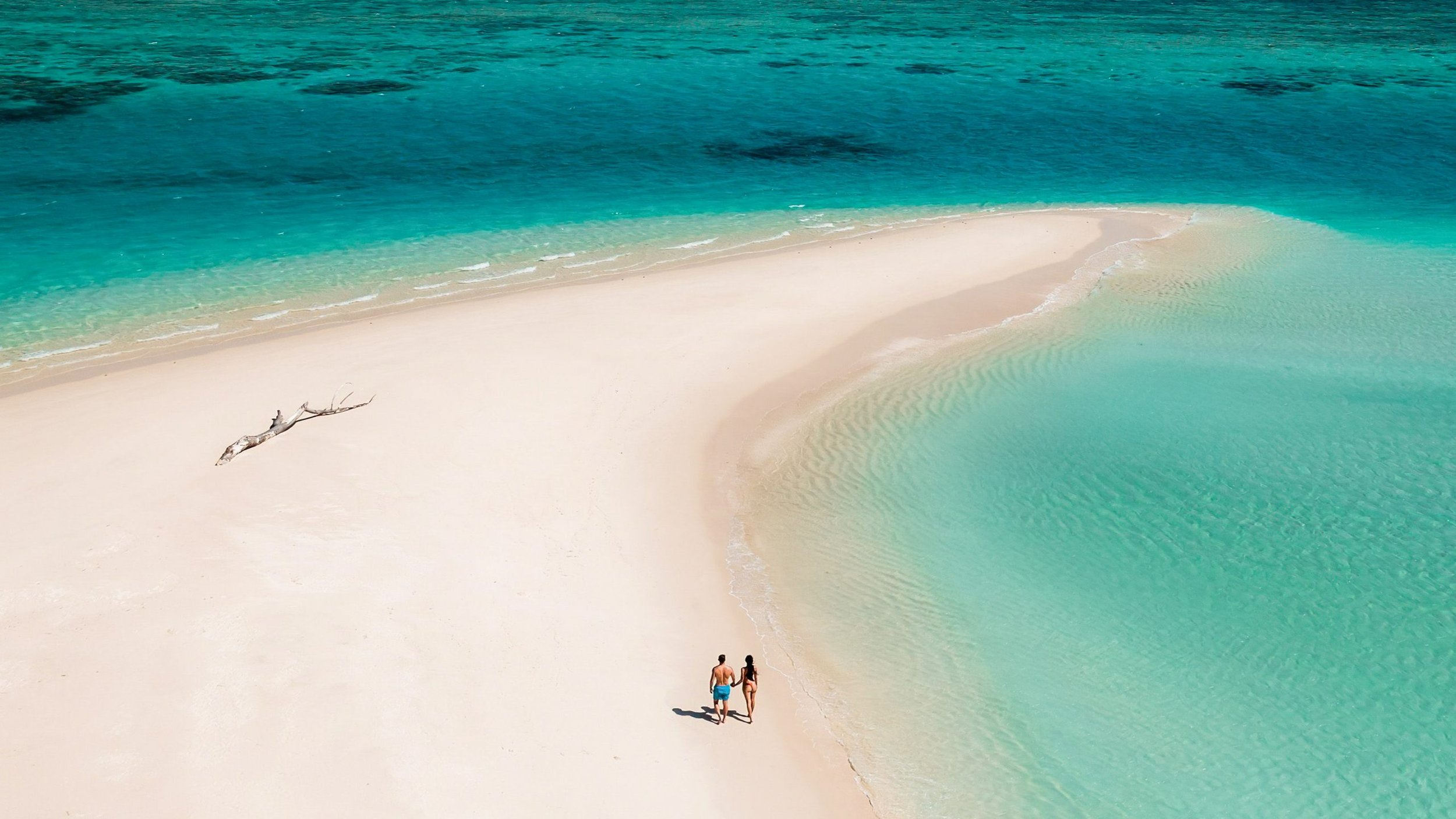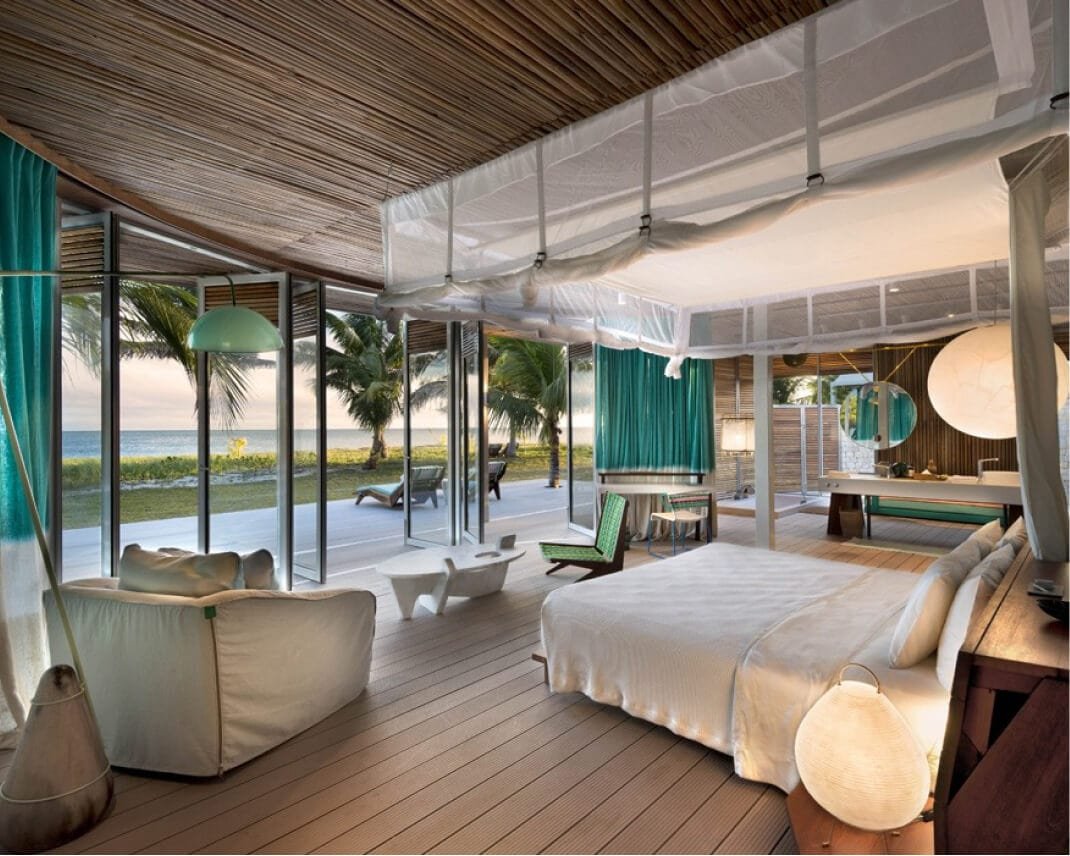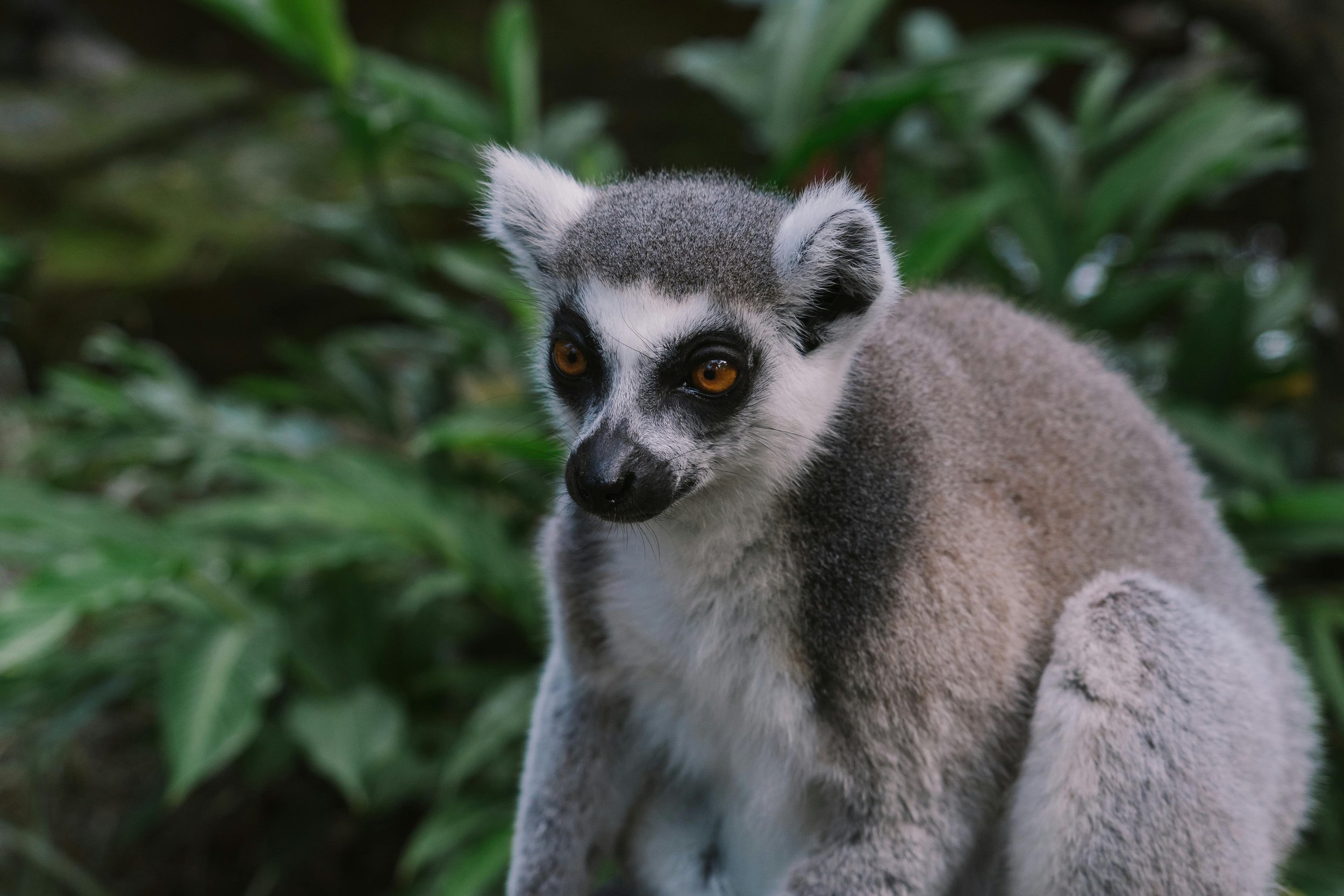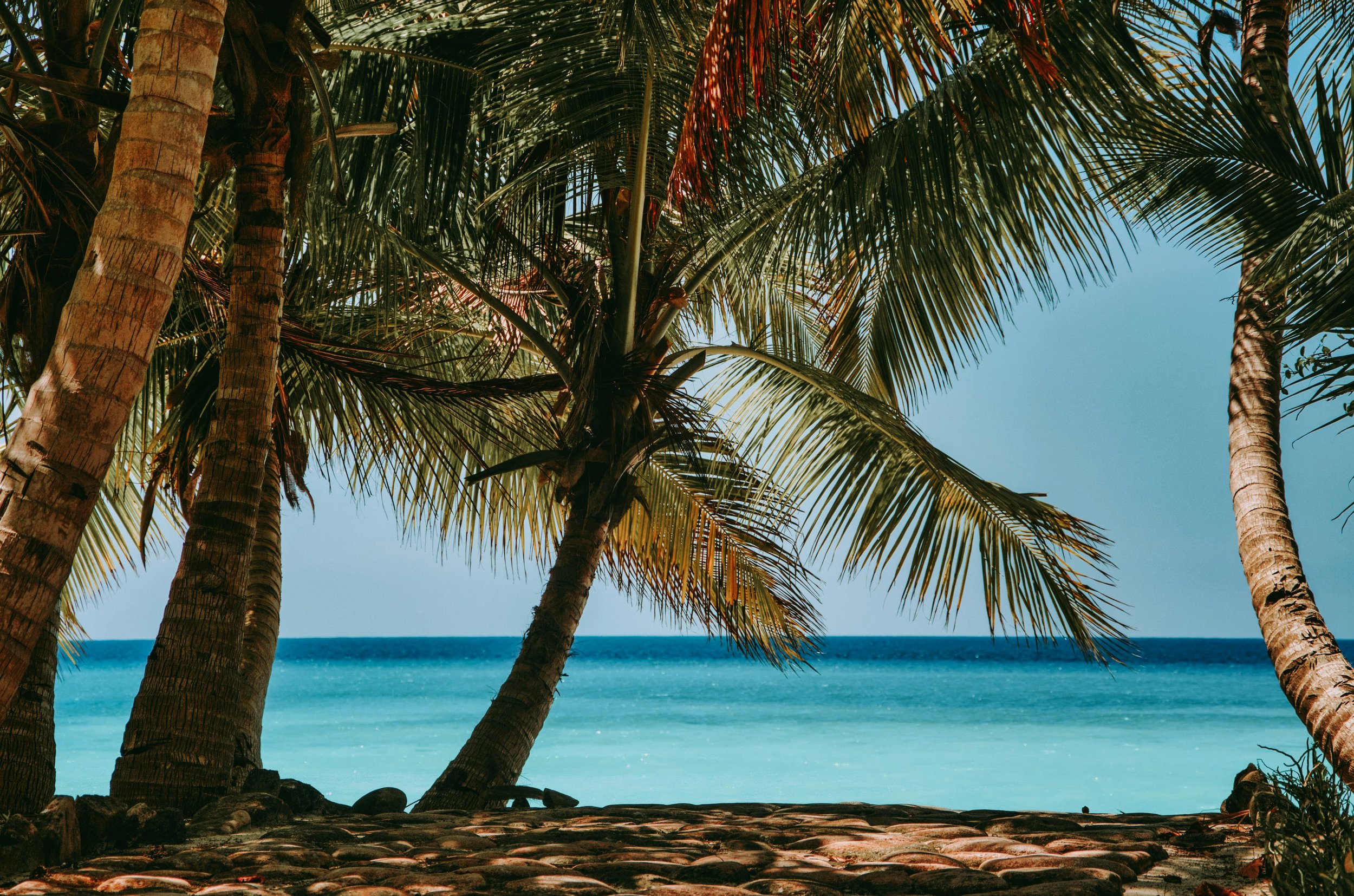
Madagascar

About Madagascar
Madagascar is a dream destination for outdoor enthusiasts and is well known for its lemurs, baobabs, rainforest, desert, islands, hiking, scuba diving and deep-sea fishing activities. In the island’s Central Highlands is the capital city Antananarivo. Overlooking the city, the Rova of Antananarivo palace complex was the centre of the Merina kingdom from the 17th century. It features wooden houses and royal tombs. The heart-shaped Lake Anosy is in the city centre. In the north, Parc de Tsarasaotra's wetlands are home to many endangered bird species. Nosy Be is an island off Madagascar’s north-western coast and its popular beaches include Ambatoloaka, Madirokely and Ambondrona Bay.
In the northwest, Andilana Beach is backed by palm trees. Inland, trails lead past crater lakes up to the summit of Mount Passot for panoramic views over the island. Southwest of Nosy Be, the island of Nosy Iranja is home to sea turtles. The Mitsio archipelago, comprising about a dozen islands, features sandy beaches and dramatic basalt formations. Isalo National park is one of Madagascar's most beautiful and features natural pools, rock formations, canyons, wildlife & more. Allée des Baobabs is one of the most recognisable images of Madagascar. This magnificent avenue has trees that are over 1000 years old. Parc National Bemaraha is a Unesco World Heritage Site and its highlights are the jagged, limestone pinnacles known as 'tsingy' peaks, forming a limestone needle forest. Parcs Nationaux Masoala et Nosy Mangabe contains one of the best primary rainforests in the country. Ten lemur species are found here. It also encompasses three protected marine areas. There are excellent opportunities here for hiking, sea kayaking, snorkelling and swimming. Parc National Andasibe Mantadia is home to the rare indri, Madagascar’s largest lemur. You may also see woolly lemurs, grey bamboo lemurs, red-fronted lemurs, black-and-white ruffed lemurs and diademed sifakas. Nosy Mangabe Special Reserve is famous because of the nocturnal Aye-Aye. Other lemurs found in these dense and hilly forests and by far more easily to spot, are the mouse lemur, grey mouse lemur, Eastern woolly lemur, white-fronted brow lemur and black and white ruffed lemur. Parc National Andasibe Mantadia is a quiet, beautiful area with numerous waterfalls and wonderful landscapes.
Generally the climate of Madagascar is subtropical, with a hot and rainy season between November and April, and a cooler dry season from May to October. However there is a big variation in climate depending on altitude and geographical position. The west coast is drier than the east coast and the central highlands, while the far south and south west is a semi-desert region that experiences very little rainfall. The east coast receives the most rain and is hot and humid during the wet season, and also prone to cyclones. Temperatures are much cooler in the highlands. Antananarivo has a pleasant, temperate climate. Along the coast temperatures range from 27ºC – 32ºC (81ºF – 90ºF) in the wet season and 18ºC – 22ºC (64ºF – 72ºF) in the dry season. May to October is the most pleasant time to travel to Madagascar, with cooler temperatures and little rain.

